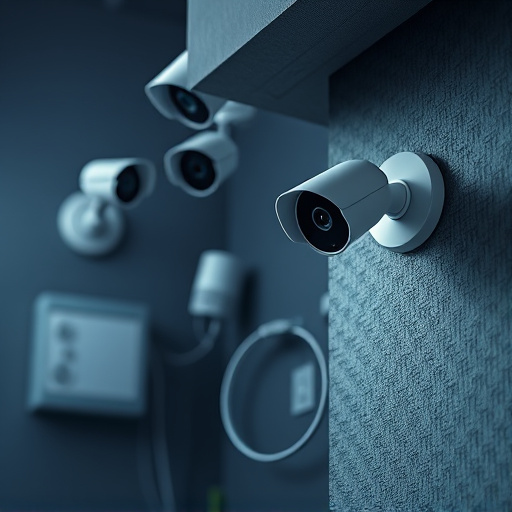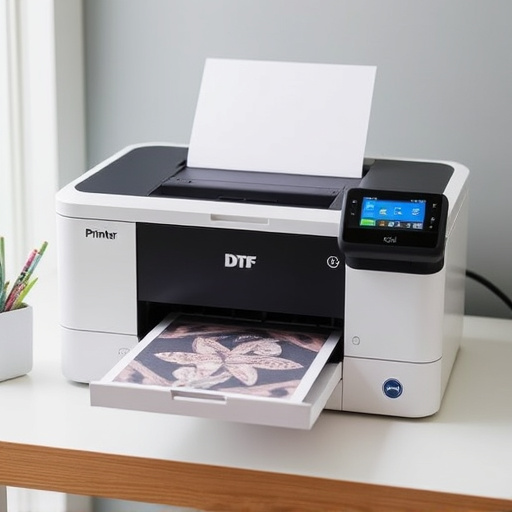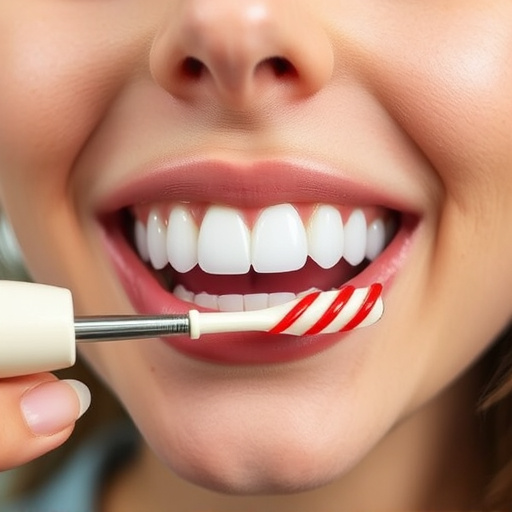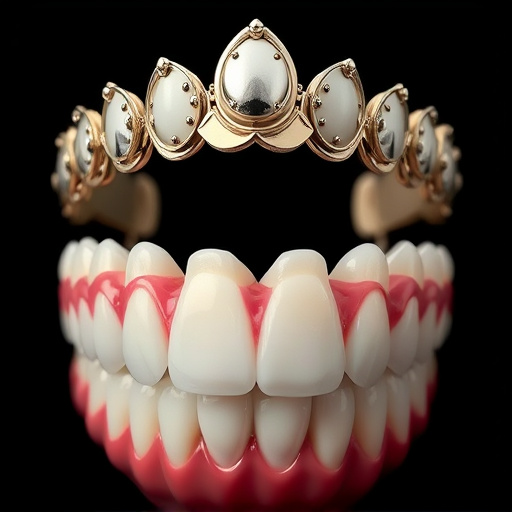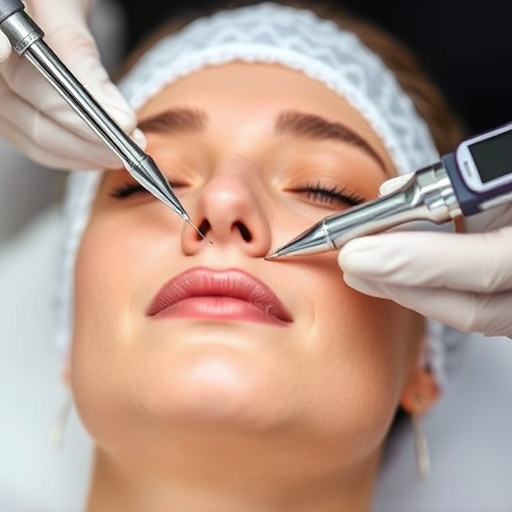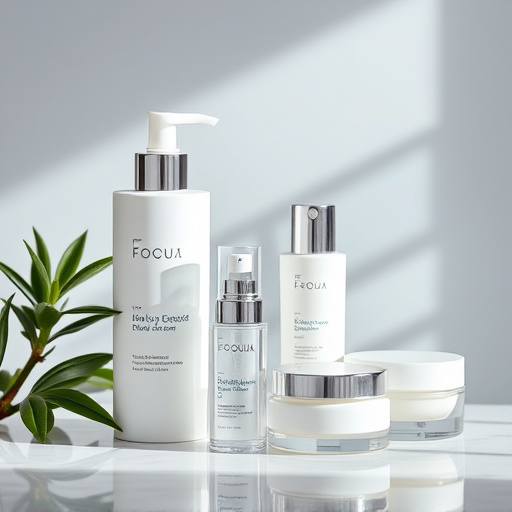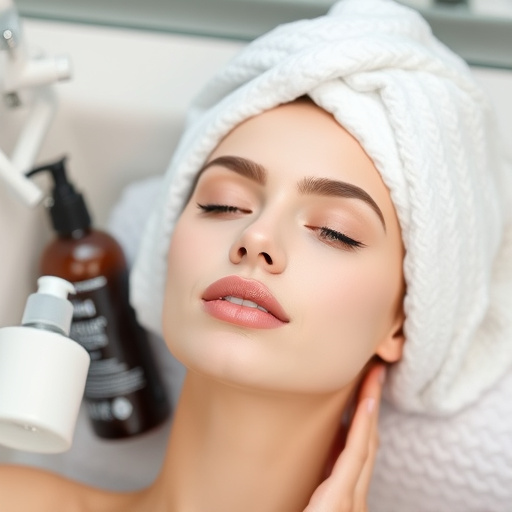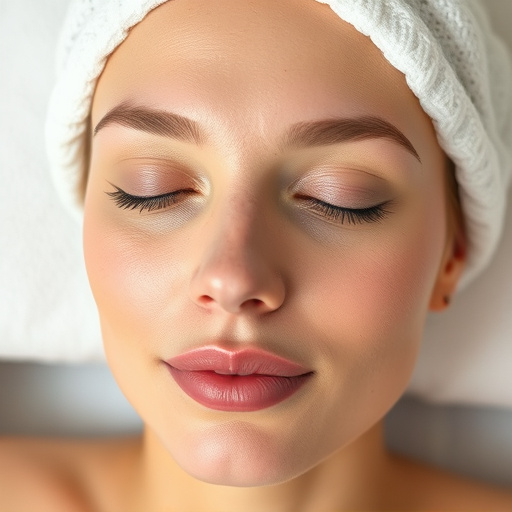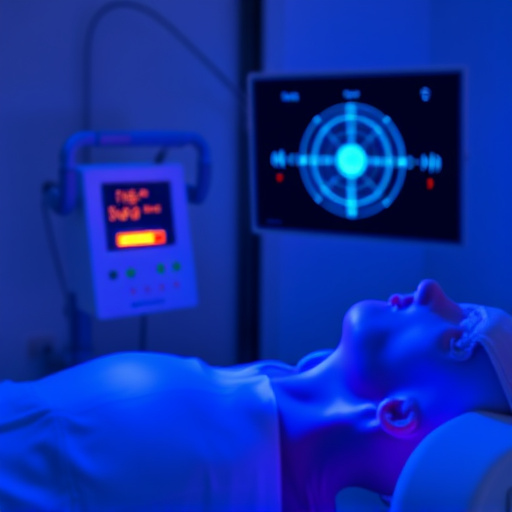LED and ultrasound devices offer cutting-edge, non-surgical skin tightening procedures that enhance collagen production, improve elasticity, and reduce wrinkles with minimal downtime. These safe and effective technologies are popular in medical spas, providing alternatives to traditional cosmetic surgeries. Consulting a dermatologist is crucial for personalized device selection, while proper post-procedure care ensures optimal results, which can be enhanced by combining treatments like chemical peels or microneedling.
“Uncover the revolutionary world of skin tightening with cutting-edge LED and ultrasound devices. This comprehensive guide delves into the latest non-invasive procedures, offering a glow-up like no other. Learn how these technologies work their magic, from light therapy to sound waves, for a youthful complexion.
Explore the numerous advantages, understand key considerations, and discover expert tips for post-procedure care. Whether you seek a safe, effective skin tightening solution, this article provides all the insights needed to make an informed decision about your desired results.”
- Understanding Skin Tightening with LED and Ultrasound Technology
- How Do LED and Ultrasound Devices Work for Skin Tightening?
- Benefits, Considerations, and Post-Procedure Care
Understanding Skin Tightening with LED and Ultrasound Technology
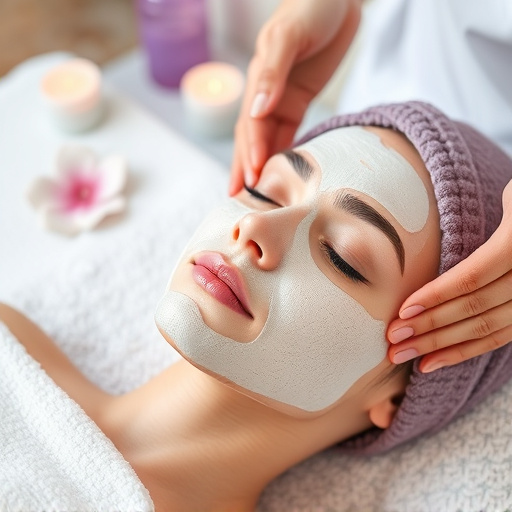
Skin tightening using LED and ultrasound devices has emerged as a popular non-surgical treatment option for those seeking to improve their skin’s appearance. This innovative approach leverages advanced technologies to stimulate collagen production, enhance elasticity, and reduce the visibility of wrinkles, effectively promoting skin rejuvenation.
The procedure involves strategically applying LED light or high-intensity focused ultrasound (HIFU) to target specific areas of concern. LED lights, with their different wavelengths, can penetrate the skin to promote cellular repair and boost collagen synthesis. On the other hand, HIFU uses sound waves to precisely heat the dermis, stimulating collagen renewal and tightening loose skin without damaging the overlying epidermis. Both methods offer minimal downtime and are considered safe for most individuals, making them attractive alternatives to more invasive cosmetic procedures.
How Do LED and Ultrasound Devices Work for Skin Tightening?
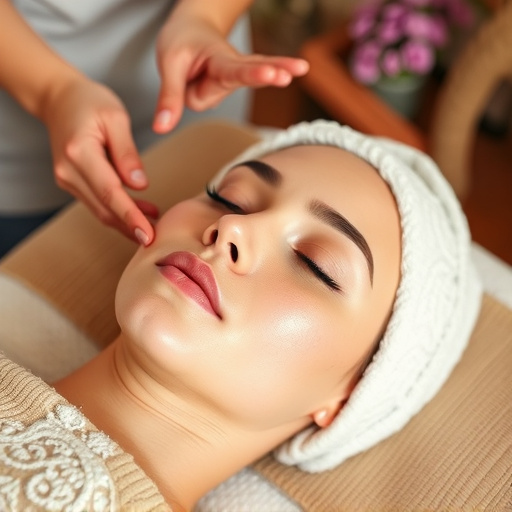
LED and ultrasound devices offer innovative approaches to skin tightening, leveraging advanced technology for effective results. LED (Light Emitting Diode) therapy uses specific wavelengths of light to stimulate collagen production and elastin fiber repair. These devices emit low-level lasers or intense pulsed light that penetrates the skin, targeting damaged cells while promoting the growth of new, healthy ones. This process helps to improve skin texture, reduce wrinkles, and enhance overall skin tone, resulting in a tighter and more youthful appearance.
Ultrasound devices, on the other hand, use high-frequency sound waves to deeply penetrate the skin. These waves create heat energy that causes the collagen and elastin fibers in the dermis to contract and tighten. This non-invasive procedure is often combined with other facial treatments like chemical peels or topical creams for enhanced skin brightening effects. By stimulating collagen renewal and maintaining skin elasticity, ultrasound devices contribute to a more defined and toned complexion, making them valuable components of any skin tightening procedure.
Benefits, Considerations, and Post-Procedure Care
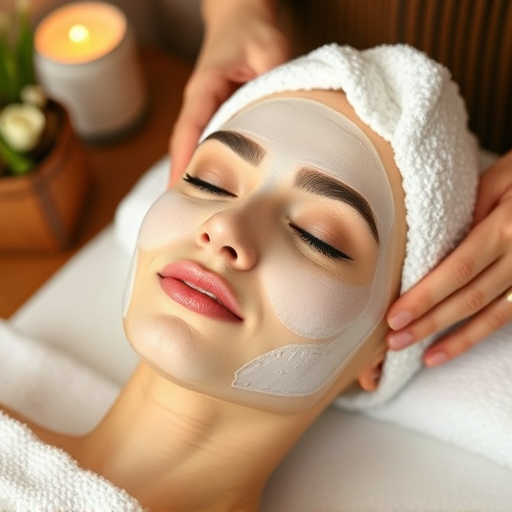
The skin tightening procedure using LED or ultrasound devices offers a non-invasive way to improve skin elasticity and reduce the appearance of fine lines and wrinkles. One of the key benefits is its ability to stimulate collagen production, leading to firmer, smoother skin. Both LED and ultrasound technologies are known for their safety and effectiveness, making them popular choices in medical spa services.
When considering a skin tightening procedure, it’s essential to weigh the advantages against potential side effects and results. LED therapy, for instance, is generally well-tolerated with minimal downtime, while ultrasound may cause temporary redness or mild discomfort. It’s crucial to consult with a qualified dermatologist or skincare specialist who can guide you on the best device for your specific needs. Post-procedure care includes hydration, sun protection, and avoiding harsh cosmetics until healing is complete. Additionally, combining these treatments with other procedures like chemical peels or microneedling therapy can enhance overall skin rejuvenation results.
Skin tightening procedures using LED and ultrasound devices offer a non-invasive way to achieve youthful-looking skin. By targeting specific skin concerns, these technologies promote collagen production and elastin restoration, leading to improved skin tone and texture. When considering any skin tightening method, it’s essential to consult professionals, understand potential side effects, and follow proper post-procedure care guidelines for optimal results. Embrace these advanced technologies to enhance your skin’s vitality and radiance.
